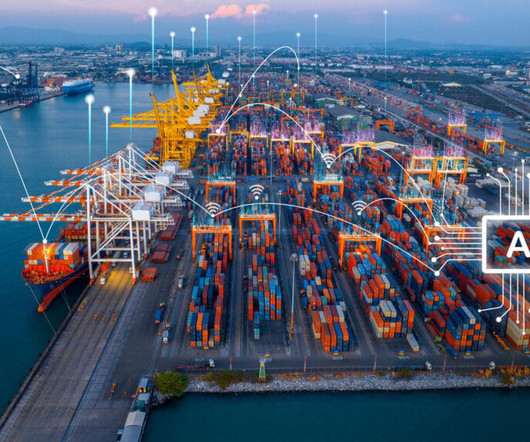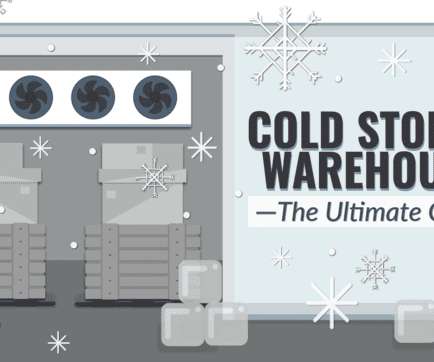World Humanitarian Day: What’s in the bag?
World Food Programme Logistics
AUGUST 18, 2020
In my work, it’s crucial to be able to collect data and discuss with our partners key goals and aspects of our interventions. That’s why I always bring with me my WFP diary, a notebook and some key documents I use during my discussions in the field. of course?—?my I am always on the move and therefore have to be well equipped.















Let's personalize your content